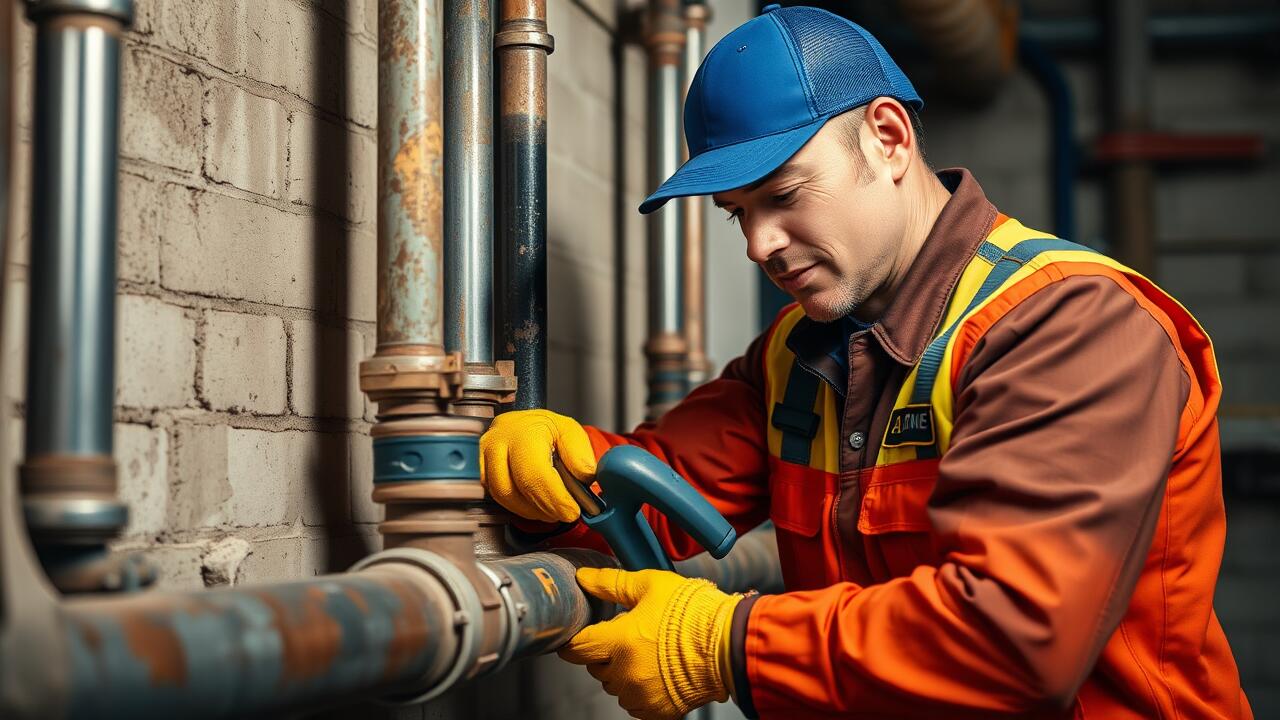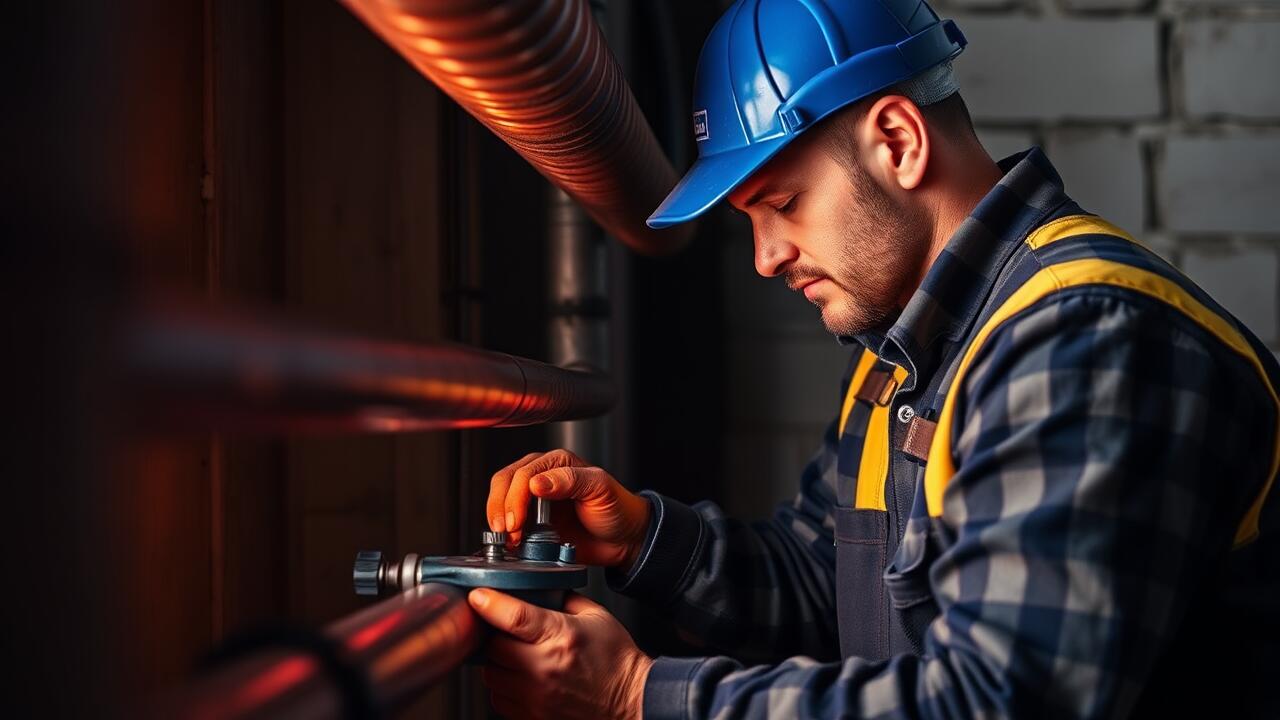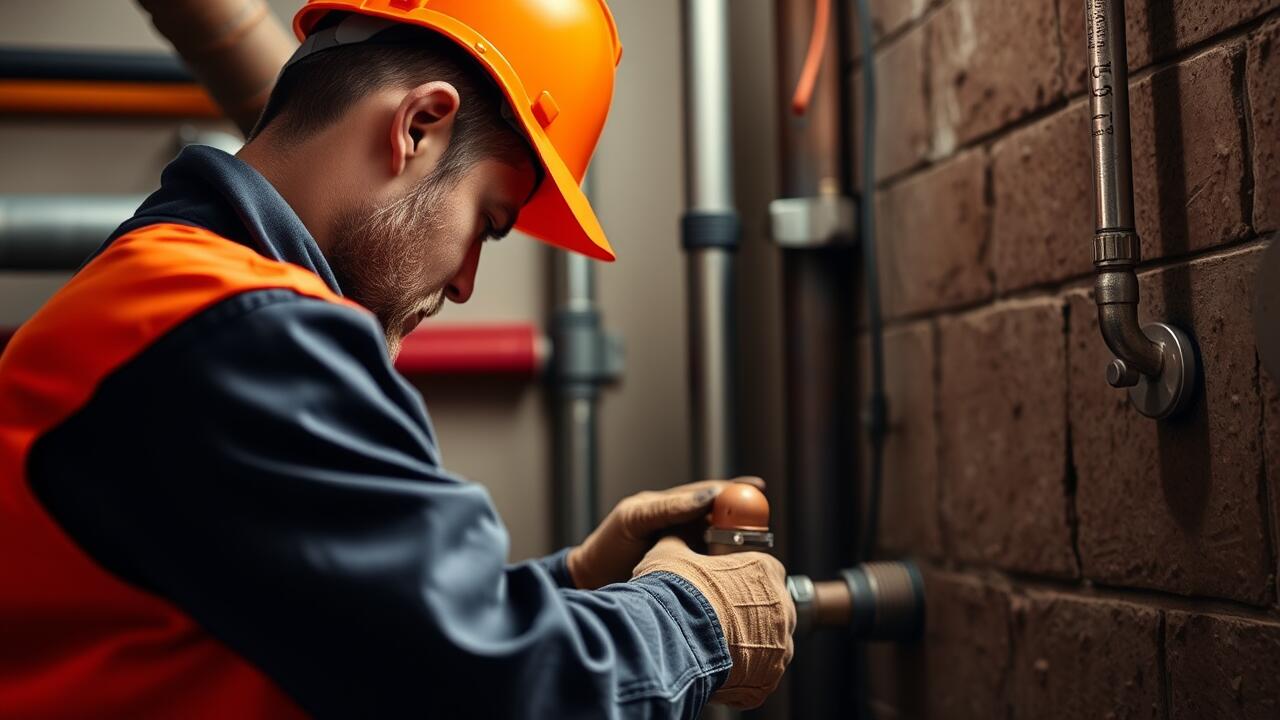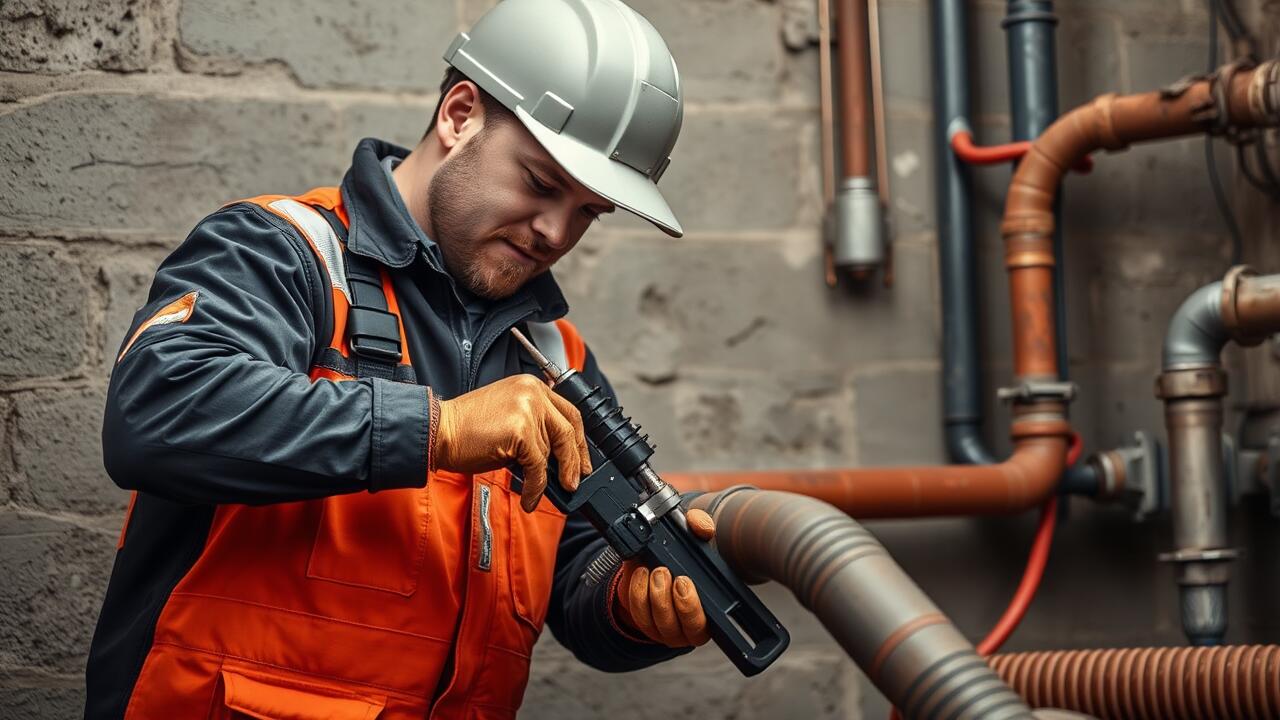
Time Efficiency
When considering time efficiency, the repair duration of pipe bursting and pipe lining can significantly influence the choice of method. Pipe bursting typically allows for the installation of new pipes in a single day. This technique involves breaking the old pipe and simultaneously laying a new one, minimizing excavation time and disruption. Conversely, pipe lining often requires additional preparation, such as cleaning the old pipes and curing the lining material. This process can extend the overall timeline, especially in cases requiring multiple layers for effectiveness.
In urban areas such as Koreatown, Los Angeles, the speed of repair can mitigate disruptions to daily life and local businesses. The quicker restoration offered by pipe bursting might suit busy urban settings better than the longer timelines associated with pipe lining. Local contractors often prioritize methods that provide swift solutions without sacrificing quality, understanding that in densely populated neighborhoods, time efficiency can lead to enhanced customer satisfaction and reduced inconveniences.
Comparing Repair Duration for Each Technique
When considering repair duration, pipe bursting typically offers a faster solution than traditional methods. This technique allows for the simultaneous installation of new pipes while breaking up the old ones, minimizing disruption to the surrounding area. In regions like Koreatown, Los Angeles, where excavation can lead to extensive delays, pipe bursting presents a compelling advantage for property owners looking to reduce downtime.
On the other hand, pipe lining involves a more complex process that requires careful preparation of existing pipes. This method often demands thorough cleaning and multiple steps to ensure effective installation. As a result, pipe repair in Koreatown, Los Angeles, using this technique can extend repair timelines compared to pipe bursting. The decision of which method to use largely depends on the specific circumstances of the pipe condition and the urgency of repairs needed.
Environmental Impact
When considering environmental impact, both pipe bursting and pipe lining present distinct challenges and benefits. Pipe bursting involves breaking apart the old pipe and replacing it with new material. This process can lead to the displacement of soil and potential disruption to nearby landscaping or ecosystems. However, it often requires less digging than traditional methods, which can minimize surface disturbances. On the other hand, pipe lining generally utilizes less invasive techniques that can be more environmentally friendly, as it relies on the existing pipes to create a new lining, thereby reducing the amount of waste generated.
Pipe repair in Sherman Oaks, Los Angeles, highlights the varying ecological footprints of these methods. The materials used for pipe lining, such as epoxy resins, have advanced significantly and tend to have a lower environmental impact when properly contained and applied. The longevity of the repairs also plays a role; longer-lasting solutions may result in fewer frequent repairs, ultimately reducing the ecological disturbance over time. Considering local regulations and community values towards environmental preservation is crucial when making a decision between these two techniques.
Assessing the Ecological Footprint of Each Process
Pipe bursting is often favored for its swift execution and minimal surface disruption, which can lead to reduced environmental disturbances. The process involves breaking apart the old pipe and simultaneously installing a new one, utilizing existing pathways. This method typically generates less waste compared to traditional excavation techniques. In urban settings, such as Sherman Oaks, Los Angeles, the lower impact on surrounding vegetation and wildlife is a significant consideration during the planning stages.
In contrast, pipe lining is another effective method but comes with its own environmental considerations. While it minimizes excavation and thus surface disruption, the materials used in the lining process, such as resins, may raise concerns over their chemical components and how they interact with the surrounding soil and water systems. When assessing the ecological footprint of both methods, it's crucial for homeowners in Sherman Oaks, Los Angeles, to weigh not just the immediate effects, but also the long-term implications on local ecosystems and communities.
Long-Term Durability
When considering long-term durability, both pipe bursting and pipe lining have distinct advantages and potential drawbacks. Pipe bursting tends to replace old pipes entirely with new materials that have a long lifespan. The robust nature of this method often results in reduced maintenance needs, allowing homeowners to enjoy reliable service for several decades. This makes it a solid choice for areas with older infrastructure prone to issues.
On the other hand, pipe lining offers a less invasive solution that rehabilitates existing pipes while extending their useful life. This method introduces a new layer within the aging pipe, which can effectively seal leaks and resist corrosion. While it might not provide the same longevity as a new pipe, it can still last many years with proper maintenance. For those seeking a solution tailored to their specific needs, Pipe repair in West Hollywood, Los Angeles, becomes essential in assessing the best long-term option.
Evaluating Lifespan and Maintenance Needs
When considering the lifespan and maintenance requirements of pipe bursting and pipe lining, it's important to recognize the inherent strengths of each method. Pipe lining typically involves the application of a resin-soaked tube that hardens inside the existing pipe. This process can significantly extend the life of the pipeline, often lasting over 50 years with minimal need for maintenance. The smooth surface created by the lining decreases friction and potential blockages, which can result in fewer future repairs.
On the other hand, pipe bursting entails replacing an old pipe with a new one by breaking the old pipe apart. While this method offers a solid long-term solution, the new pipe's lifespan hinges on the material used and the local environmental conditions. In areas like West Hollywood, Los Angeles, factors such as soil composition and weather patterns can impact durability. Regular inspections and maintenance are essential for both methods to ensure optimal performance and longevity. Residents considering pipe repair in West Hollywood, Los Angeles, should evaluate their specific needs and circumstances when deciding on the most suitable option.
FAQS
What is the main difference between pipe bursting and pipe lining?
Pipe bursting involves breaking apart an existing pipe to make way for a new one, while pipe lining involves inserting a resin-coated liner into the existing pipe, which hardens to create a new pipe within the old one.
Which method is more time-efficient for pipe repair?
Pipe bursting is generally faster than pipe lining, as it requires less preparation and can often be completed in a single day depending on the length of the pipe being replaced.
How do the environmental impacts of pipe bursting and pipe lining compare?
Pipe lining tends to have a lower ecological footprint because it minimizes disruption to the surrounding environment and does not require extensive excavation, whereas pipe bursting can cause more surface disturbance.
What is the long-term durability of pipes installed using these methods?
Both methods can provide long-lasting solutions, but pipe lining typically offers enhanced durability due to the resin material, which can resist corrosion and leaks better than some traditional materials used in bursting.
Are there specific scenarios where one method is preferred over the other?
Yes, pipe bursting is often preferred for completely replacing severely damaged pipes, while pipe lining is ideal for less damaged pipes that still require reinforcement and where minimizing ground disturbance is a priority.



